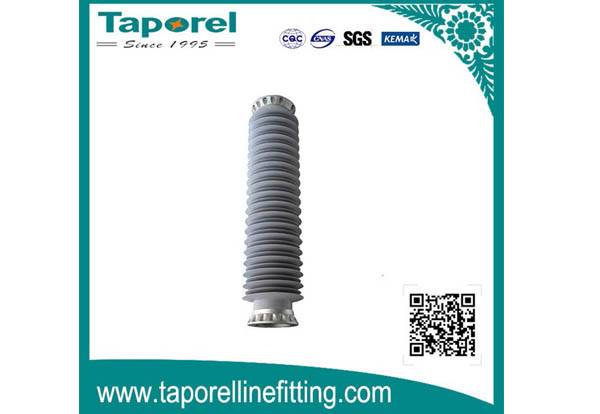What is the difference between a post insulator and a composite insulator? The two are not easy to compare. Post insulators and composite insulators are classified from two different perspectives. Pillar insulators are classified by the purpose of the insulator and composite insulators are classified by the material of the insulator. It can be said that post insulators include post composite insulators, post porcelain insulators, etc.; composite insulators include post composite insulators, hollow composite insulators, and line composite insulators.
Post insulator is a special kind of insulation control that can play an important role in overhead transmission lines. In the early years, post insulators were mostly used for utility poles. Slowly, many overhanging insulators were hung at one end of high-voltage junction towers. It is used to increase the creepage distance and is usually made of silicone or ceramic and is called an insulator. Insulators play two basic roles in overhead transmission lines, namely to support the conductors and to prevent the return of current to the ground. These two roles must be ensured.
The insulator should not fail due to various electromechanical stresses caused by changes in environmental and electrical load conditions. Otherwise, the insulator will not have a significant impact and will damage the service and operating life of the entire line.

Composite Insulator
High voltage circuit breakers (live and dead cans)
Outdoor transformers (current and voltage)
Lightning arresters
Cable terminations
Transformer bushings
Through-wall bushings
Gas Insulated Switchgear (GIS)
UHV DC/UHV power station pillar insulators
Voltage divider
Lightning-protected pillar insulator is a new combined structure of arc-protected insulator, mainly composed of an insulating shield, compression nut, pressure block seat, movable pressure block, upper metal cap, composite insulator, arc-triggering rod, insulating sleeve, and lower metal foot by arc-triggering rod and upper metal cap. When the lightning strike occurs, the discharge between the arc-inducing rod and the lower metal foot makes the renewal current frequency arc move to the arc-inducing rod and burn, thus protecting the insulated wires from damage.
● The movable pressure block and pressure block seat are assembled into one by dovetail so that when the wire moves due to thermal expansion and contraction, the moving pressure block will move with it to avoid the wire being scratched. Wire Clamp.
● The composite insulator has better insulating performance and greater creepage distance than electric porcelain insulators =, which improves the level of anti-pollution of insulators and can meet the user's requirements for anti-pollution of insulators.
● The insulation shield is made of organic composite material, which has good insulating performance, anti-aging performance, and flame retardant performance. It can be assembled on the outer side of the upper metal cap to play the role of insulation protection.
● This product has a punching tooth structure, which is easy to install and construct. It is not necessary to remove the insulation layer of the insulated wire, which avoids water and corrosion of the wire core and greatly reduces the labor intensity of the operator.
● The unique structure prevents birds from causing short circuit danger to overhead wires.
Taporel Electrical Insulation Technology Co., Ltd.
+86 29 8603 0621
No. 209 Jincheng Road, Jintan District, Changzhou City, Jiangsu Province, China
Copyright © Taporel Electrical Insulation Technology Co., Ltd. All Rights Reserved | Sitemap
